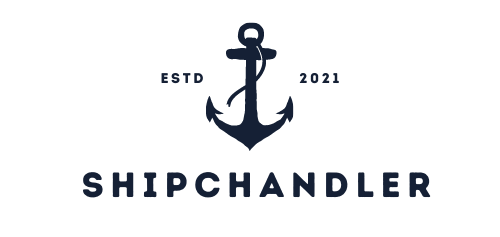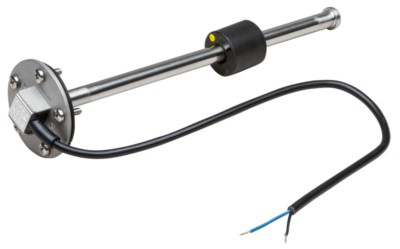As we all know, a fuel tank, regardless of its model, is usually equipped with one of the most essential elements to measure its capacity. What most people don’t know is how it works, especially when it’s a boat fuel gauge.
An essential element
Designed to store the fuel needed to run the engine, the tank itself is an essential accessory for a motorised boat. However, its usefulness cannot be perfect in the absence of a boat fuel gauge. This part is a guarantee of comfort and peace of mind for the sailor. It also helps to avoid unpleasant surprises in the event of fuel exhaustion.
And it’s not for want of believing it, since this accessory inserted inside the tank is used to keep an eye on the fuel level without making mistakes. A gauge, usually mounted on the dashboard, makes it easier to check the fuel level.
Sometimes this meter is also attached directly to the tank or boat nurse which is designed to boost the capacity of the main tank. This is to allow you to add a few extra nautical miles to your travel distances. It is important to look closely at the quality and reliability of this gauge to avoid your boat malfunctioning in the middle of the water.
How does it work?
A boat fuel gauge is fitted inside the tank to allow you to monitor the fuel level. From this perspective, it may seem easy to operate, but to understand it better, we need to look at the components that make up this accessory:
- A sensor commonly known as a float or sensing unit;
- An indicator installed on the dashboard.
In practical terms, the float is designed to rise or fall according to the volume of fuel in the tank. But it would be difficult for you to see this without the help of the indicator on the dashboard, which is obviously connected to this sensor, through an electronic system. You should know that the process is carried out in two steps:
- An electrical system activates the current path in a coil surrounding an iron core in order to create a magnetic field capable of changing the core into an electromagnet;
- The magnetic field variations will then cause a change in the position of the needle or the digital display on the dashboard.
This way, you don’t have to worry about the amount of fuel still available. After all, you can always count on a warning light to flash if you are too busy at sea. From this light you can be alerted to the lack of fuel in your boat’s tank.






